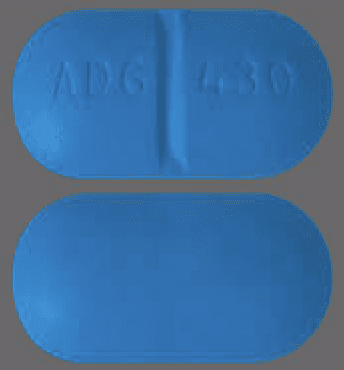Tanlor Disease Interactions
There are 2 disease interactions with Tanlor (methocarbamol).
Methocarbamol (parenteral) (applies to Tanlor) renal dysfunction
Major Potential Hazard, Moderate plausibility.
The injectable formulation of methocarbamol is contraindicated for use in patients with impaired renal function due to the nephrotoxic potential of polyethylene glycol (PEG) 300 present in the vehicle. Quantities of PEG 300 much greater than that found in recommended doses of injectable methocarbamol have increased preexisting acidosis and urea retention in patients with renal impairment.
Methocarbamol (parenteral) (applies to Tanlor) seizures
Moderate Potential Hazard, Moderate plausibility.
Seizures have occurred during the intravenous administration of methocarbamol. In some cases, the patient had a known history of epilepsy, and the psychic trauma of the procedure may have been a contributing factor. Nevertheless, therapy with the injectable formulation of methocarbamol should be administered cautiously in patients with a history of epilepsy.
Switch to professional interaction data
Tanlor drug interactions
There are 348 drug interactions with Tanlor (methocarbamol).
Tanlor alcohol/food interactions
There is 1 alcohol/food interaction with Tanlor (methocarbamol).
More about Tanlor (methocarbamol)
- Check interactions
- Compare alternatives
- Pricing & coupons
- Drug images
- Latest FDA alerts (7)
- Side effects
- Dosage information
- During pregnancy
- Drug class: skeletal muscle relaxants
Related treatment guides
Drug Interaction Classification
| Highly clinically significant. Avoid combinations; the risk of the interaction outweighs the benefit. | |
| Moderately clinically significant. Usually avoid combinations; use it only under special circumstances. | |
| Minimally clinically significant. Minimize risk; assess risk and consider an alternative drug, take steps to circumvent the interaction risk and/or institute a monitoring plan. | |
| No interaction information available. |
See also:
Further information
Always consult your healthcare provider to ensure the information displayed on this page applies to your personal circumstances.


